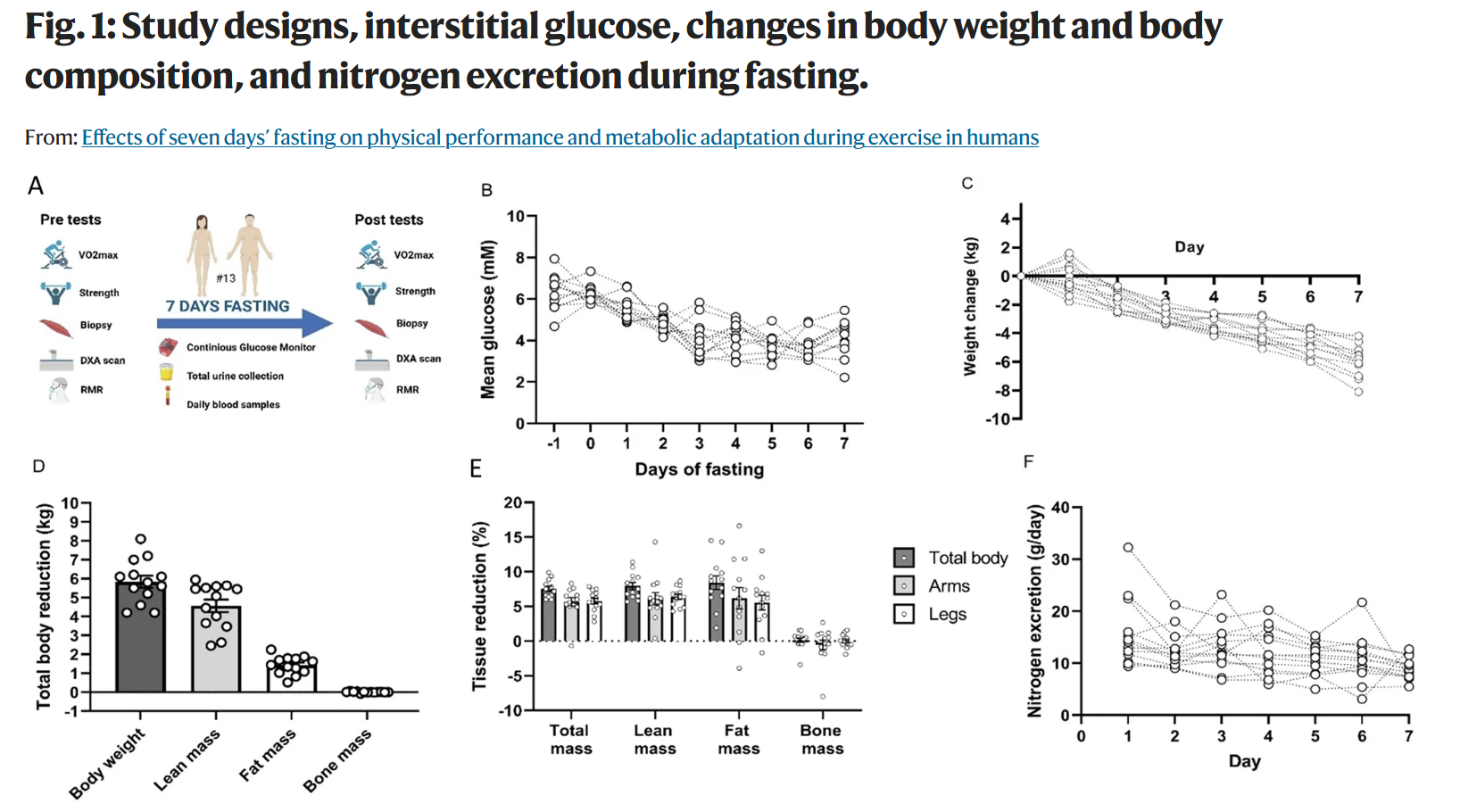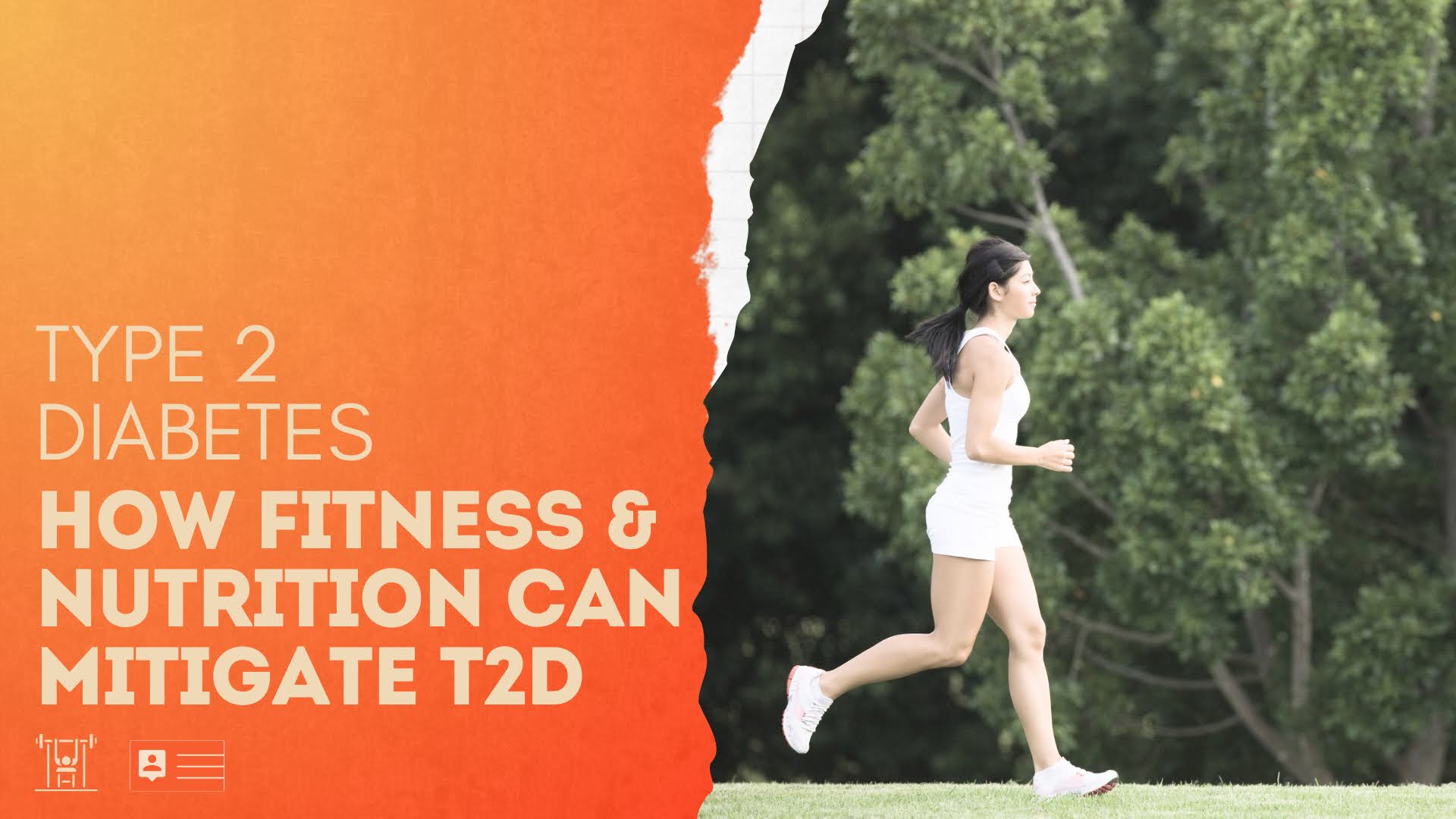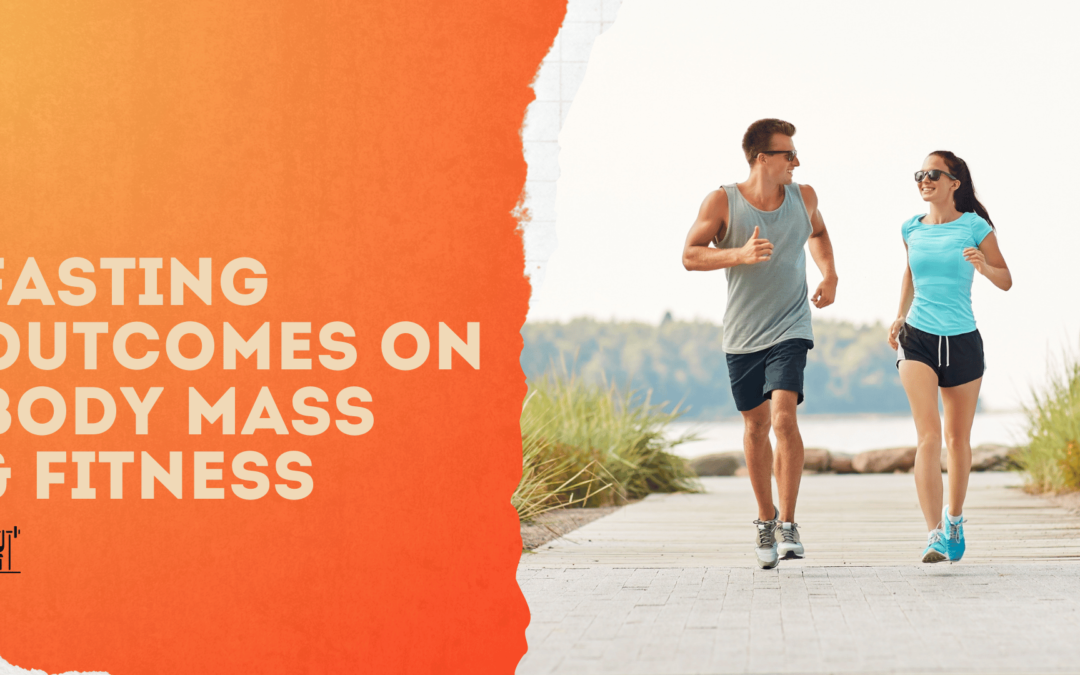
Strength By Fitness
Fact-based Fitness And Fasting.
Welcome to another fact-based article from Strength by Fitness.
During periods of starvation the human body has adapted over time to a efficient system that is capable of sustaining needed physical effort fairly ok in order to find food before the toll of starvation becomes fatal.
You are not a fragile candy cotton creation in other words, doomed to implode because you did not consume enough protein and energy in the last 5 to 24 hours. Instead we have evolved over time to a capable species that are equipped to endure and survive life threatening conditions, such as temporary periods of starvation, and we do it fairly well too.
As such infrequent shorter periods of starvation ( or intentional fasting, or better yet high-protein fueled energy deficit fat cuts ) maintain physical performance quite well. For a short little while.
But there are clear drawbacks to a full-on fast not to mention an actual starvation crisis.
As such infrequent shorter periods of starvation ( or intentional fasting, or better yet high-protein fueled energy deficit fat cuts ) maintain physical performance quite well.
Coach Mike, Strength By Fitness

The study setup. 7-Day Fast With Maintained Fitness.
In this study, 13 participants in total, of both genders water fasted for seven consecutive days.
As you can expect they, of course, did lose fat mass.
But they lost more than three times as much lean mass as they lost actual fat mass.
This should come as no surprise to fact-based, educated personal trainers, and nutritional coaches like myself. It is, however, it is worth highlighting this detrimental outcome of fasting due to the many myths and blind spots that surround multi-day fasting protocols.
There isn’t a single week where I do not come across yet another fact-less claim about fasting, human health, nutrition, and fitness. And while fasting in all it´s variants do work as far as losing excess body fat goes, it just isn’t better in any way, shape and form than any other high satiety, high-protein, energy deficit cut due to the increased loss of lean mass, which includes actual skeletal muscle mass, glycogen, water weight, organ mass, and bone mass if things go really bad.
The numbers.
The male and female participants lost on average 4.6 ± 0.3 kg of lean mass during the entirety of the 7 day fast.
How about their actual fat loss? Well, in comparison they only lost around 1.4 kg of fat mass.
Physical capacity and fitness numbers came out in the following way.
Maximal isometric and isokinetic strength remained unchanged during the entirety of the seven-day fast. This is, once again, not much of a surprise, when people do a substantial fat loss cut, top strength hold up quite well, for a very long time, if you strength train that is. If you do, it really do not take a substantial dip, for most people, until you reach a very large energy deficit, cut protein too much, or reach unhealthily low body fat levels.
There is one type of fitness performance that do take a much bigger and earlier hit, and that is the capacity for muscle endurance and prolonged intensity.
So, it comes as no surprise that even a 7 day water fast really wont do much to peoples top strength.
But maintain that fast for too long and even your top strength will jump off the cliff together with all the other performance metrics that´s already tanked.
Do you need help succesfully changing your lifestyle habits?
We provide coaching, online, and on-location, in-person.
Peak oxygen.
Peak oxygen uptake decreased by 13% so muscle endurance, and aerobic endurance alike took a clear hit.
As did highly intense physical activity and exercise with a 10 to 15% drop in performance after just a few days of fasting.
In other words, you will not improve your wrestling performance if you are on a fast, and you will not crush that deadlift rep max personal best while fasting, nor will you run faster, longer, and better while fasting.
In other words, short acute feats of strength hold up really well during a short fast or a fact-based high-protein fat loss cut. But endurance and sustained physical intensity dips noticeably.
This is why, we advise most clients who are currently doing a fat loss cut to focus on quality strength training instead of high-volume strength training.
Make use of big loads, fewer sets and reps, and allow your recovery and physical capacity to do what it does best on a fat loss cut.

This study is not indicative of a 3x muscle mass loss relative to their fat mass loss.
Now, what this study is not saying is that they lost more than three times as much muscle mass as they lost fat mass.
No, one part of that lean mass loss is the rapid loss of saturated muscle glycogen.
In fact, half of the stored muscle glycogen in the study participants was gone in just 7 days. While the human body do not store a huge amount of glycogen in our muscles, it is in the context of 4.6 kg of lost lean mass adding a noticeable chunk to that number.
For context, a fit strength training 90 kilo athlete with around 10% body fat might have as much as 800 grams of stored muscle glycogen since well trained athletes store more glycogen in their muscles than out of shape people. Furter each gram of glycogen holds around 3 grams of water. This means that in the context of this study participants could have lost close to 500 grams of stored muscle glycogen, and at least one to 1.5 kilos of water.
Driving home my point that the participants in this 7 day long fast did not lose 3 times as much muscle mass, because as you can see water and glycogen all by their own make up a substantial part of the lean body mass that was lost during the fast.
50% of stored muscle glycogen was gone in less than 7 days.
But there is also a loss of general water weight to account for, eat less and our bodies will hold on to far less water.
And, of course, there will always be a clear loss of lean muscle mass tissue too, and in a prolonged fast or a large weight loss without sufficient protein and strength training, there would also, in due time, be an actual loss of bone mass. Neither of which is a positive in any way at all.
images from the cited study

Fig. 2: Muscle strength and peak oxygen consumption tests before and after six days’ fasting.

Moral of the story.
When you need to lose fat mass, for your own sake, do a slow, and proper fact-based high-protein, high-satiety fat loss cut instead and maintain your regular physical activity, aerobic exercise, and strength training fitness routine.
This will preserve much more of that essential lean muscle mass, organ and bone mass while maintaining your hard-earned exercise capacity, and physical performance, and therefore boost and improve health outcomes in a vastly better way.
Even a short 2, 3, or 7-day fast with or without maintained fitness just doesn’t make much sense with no upsides at all compared to a fact-based high-protein, high-satiety fat loss cut together with regular exercise.
Coach Mike, Strength By Fitness.
Even a short 2, 3, or 7-day fast with or without maintained fitness just doesn’t make much sense with no upsides at all compared to a fact-based high-protein, high-satiety fat loss cut together with regular exercise.
In both cases, results and outcomes will be vastly superior if you maintain regular exercise. But there is no scenario where a prolonged fast with, or without exercise will provide better health, fitness, and body composition outcomes than a properly done high-protein fat loss cut together with regular fitness.
Not to mention that you should not rush a healthy fat loss.
Not to mention that overweight and obese people are much more likely in need of a steady 6 to 12+ months-long fat loss cut while maintaining or picking up better all-year-round food and fitness habits.
Sidelining that regular fast in favor of a high-protein, highly satiating food approach with all-year-round exercise is a clear-cut, fact-based choice that will in turn result in much more lost fat mass over time, vastly better exercise capacity, physical performance, and much better body fat, health, wellness, and fitness outcomes too.
Now, what I just said doesn’t change that on the flip side, we are not fragile flowers, so the human body will endure that fast, or involuntary short-term period of starvation as well as it can. People can actually survive several weeks of starvation, and still rebound to a healthy human being.
This is not ideal, physical capacity drops rapidly as you can see, and lean mass is crucial for human health and well-being.
In other words, you do not have to constantly eat, and you do not have to worry about scheduling a feed session every 3 hours. But, a multi-day fast has no upsides for human health, physical capacity, fitness performance, and lean mass.
Instead, learn to embrace fact-based health and fitness-friendly, daily high-protein habits. The simple habit of consuming protein-rich foods, high in satiety and nutritionally complete will help every single human being to vastly better health, fitness, and body composition outcomes.
Couple this with daily low-key physical activity such as walking, weekly aerobic exercise, and strength training and you will achieve whatever health, fitness, and body composition goals you have.
Now, I will add one thing. There is nothing wrong with reducing your daily feed window, if doing so helps you eat in a healthy energy balance. Having a 8 hour window for your food intake will not be detrimental and it can not be compared to a full on water fast for several days. Especially so since you can easily combine that restricted feed window with a nutritionally complete, high-protein, high-satiety food approach.
And yes, in this study they did a few cool things, such as tracking the daily changes that was happening across 3000 proteins during the study, from pre- to post. So, I am not claiming that there will not be any adaptations happening. It´s the complete opposite.
For instance, Mitochondria. Even our cellular powerhouse that is responsible for generating ATP, and biological building blocks, you know the stuff that’s needed to create new DNA, proteins and cells from the food we eat experience distress during periods of insufficient nutritional consumption.
So yes, things do happen when people fast, and while we will rebound pretty well from starvation and intentional fasting what I am saying is this.
Health, fitness, wellness, and body composition outcomes will be superior if you forget about full on fasting, and instead settle for a heathy, ongoing, all-year-round high-protein food approach that´s nutritionally complete and high in satiety every single day of life.
Quoting the scientists in the cited study.
We report preservation of maximal strength in leg muscle, despite a significant loss of lean mass. Further, there was a marked decline in peak oxygen consumption after six days of fasting.
Cited study.
1. A 7 day fast, body composition and fitness performance.
https://www.nature.com/articles/s41467-024-55418-0?s=09
You can also read this article over at Medium if you are a paying Medium Member.
Do you need coaching help in order to create a healthier life? Strength By Fitness coaches people online and in person. This includes fitness, fat loss, nutrition, and health. Strength training, endurance, yoga, and combat classes. Just click coaching in the menu up above and let us transform your health & fitness journey through life together.
strength by fitness
podcasts
recent articles

The Brain Armor of Weekly Exercise.
Body and brain walk hand in hand. As such, regular, weekly exercise boosts both the physical and cognitive you. Making you faster, fitter, stronger and more durable, while, also drastically improving health, processes, and function in body & brain.

Fitness Hike, Weighted Calisthenic, Yoga and Coaching
Participate in our unique weighted Fitness Hike + Personalized Coaching Talk together with Strength By Fitness, on location in gorgeous Cape Town, South Africa. Or get the same coaching while doing weighted calisthenics, yoga or boxing.

Type II Diabetes: How Fitness and Nutrition Can Mitigate and reverse t2d. Exclusive Member Article.
IF you want to prevent type 2 diabetes, or reverse it, if the damage has already been done, as it has for hundreds of millions of people around the world, you have three massively powerful and influential habits at your disposal. Welcome to another fact-based member-exclusive Strength By Fitness article.

Members & Clients Recipe: Tofu, dates & orange smoothie. High SPC & Protein.
Our Tofu, dates & orange smoothie provides 56g of Protein, 22g of fiber, and a very high SPC between 66 & 80. That makes this another tasty Strength By Fitness winner. Paid Reader & Client Exclusive Recipe.

Quality Sleep Is Just Another Habit.
Quality sleep comes from a few key pillars in a healthy lifestyle.
Yes, quality sleep is just another habit we build over time with nothing more than our own choices. In this article, Coach Mike from Strength By Fitness will teach you how to do it too.

The Man Who Remained Young. Healthy Habits vs Ageing: Exclusive Member Article.
Strength training, injury-free, 80-year-old men can be as strong as a 35-year-old gym goer. And running is no different. All it takes are maintained habits. Exclusive Strength By Fitness Member Article. Join today, only 9$ Per Year.
We appreciate you
so stay healthy & never stop training
Contact
Private In-App Messaging is Available For All App + Coaching Clients
Adress
Coaching Is Available Online Via App on IOS & Google Play, and In-person, On-location.
Copyright 2026 Strength By Fitness.
